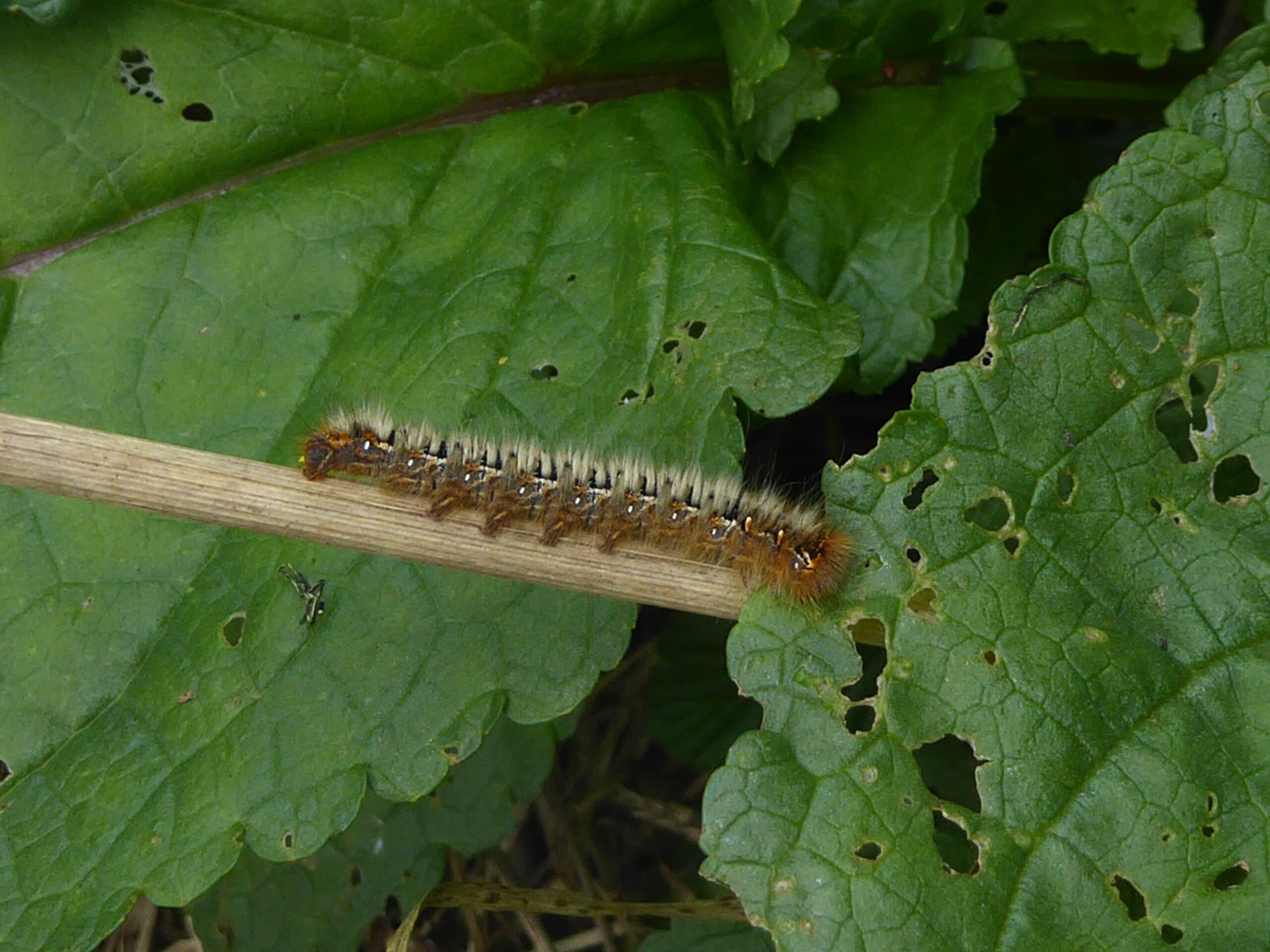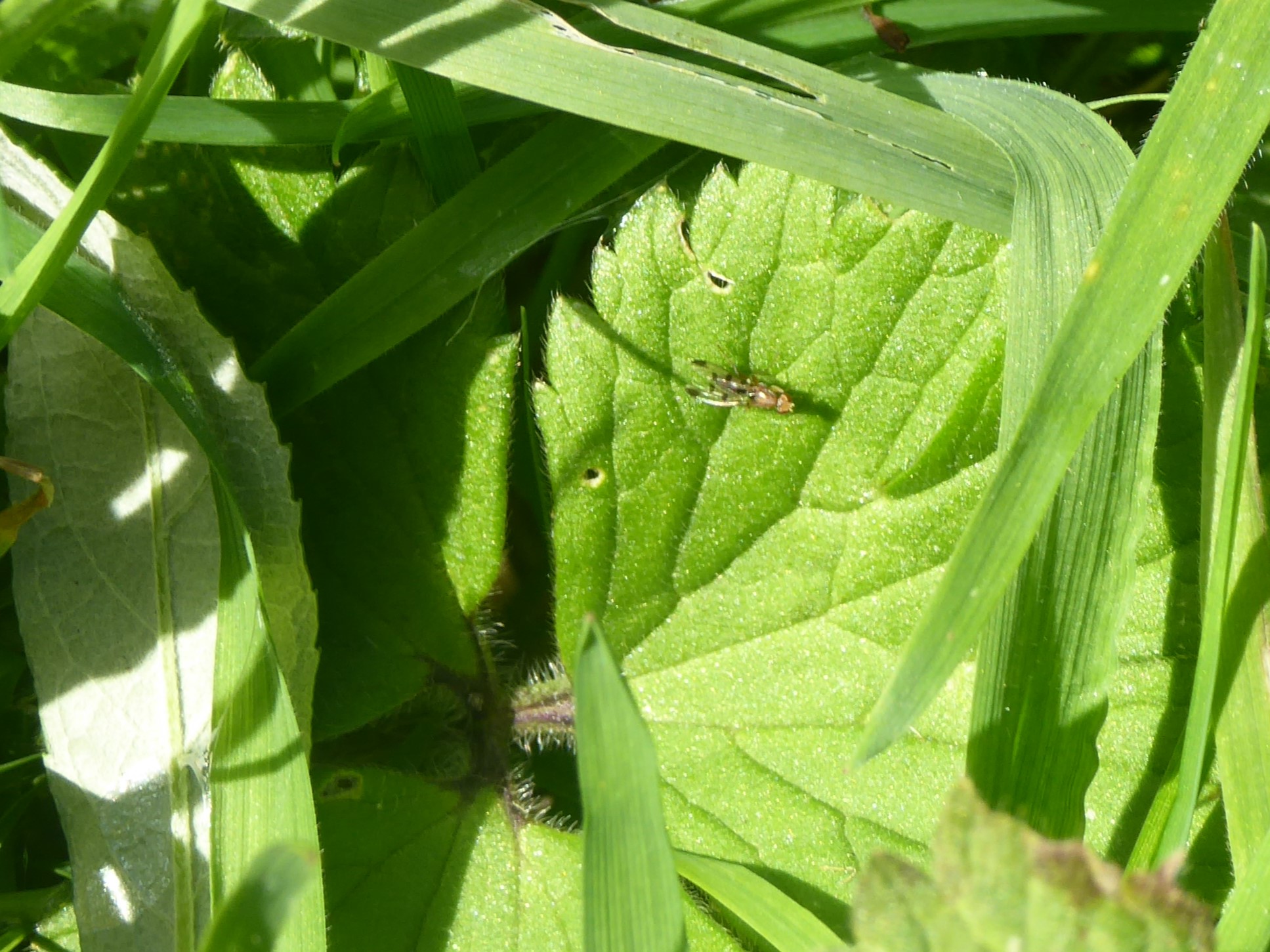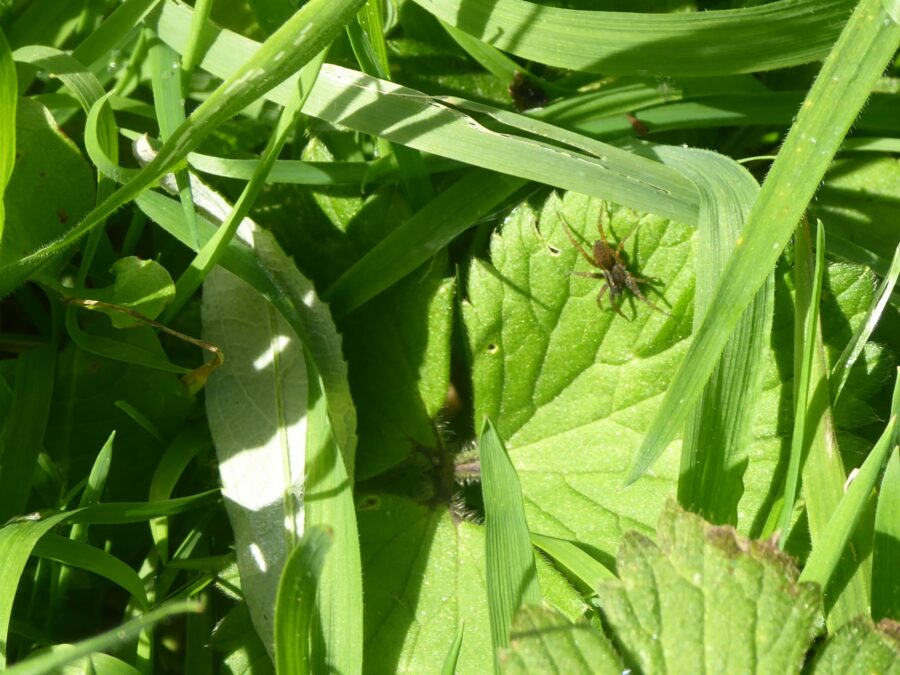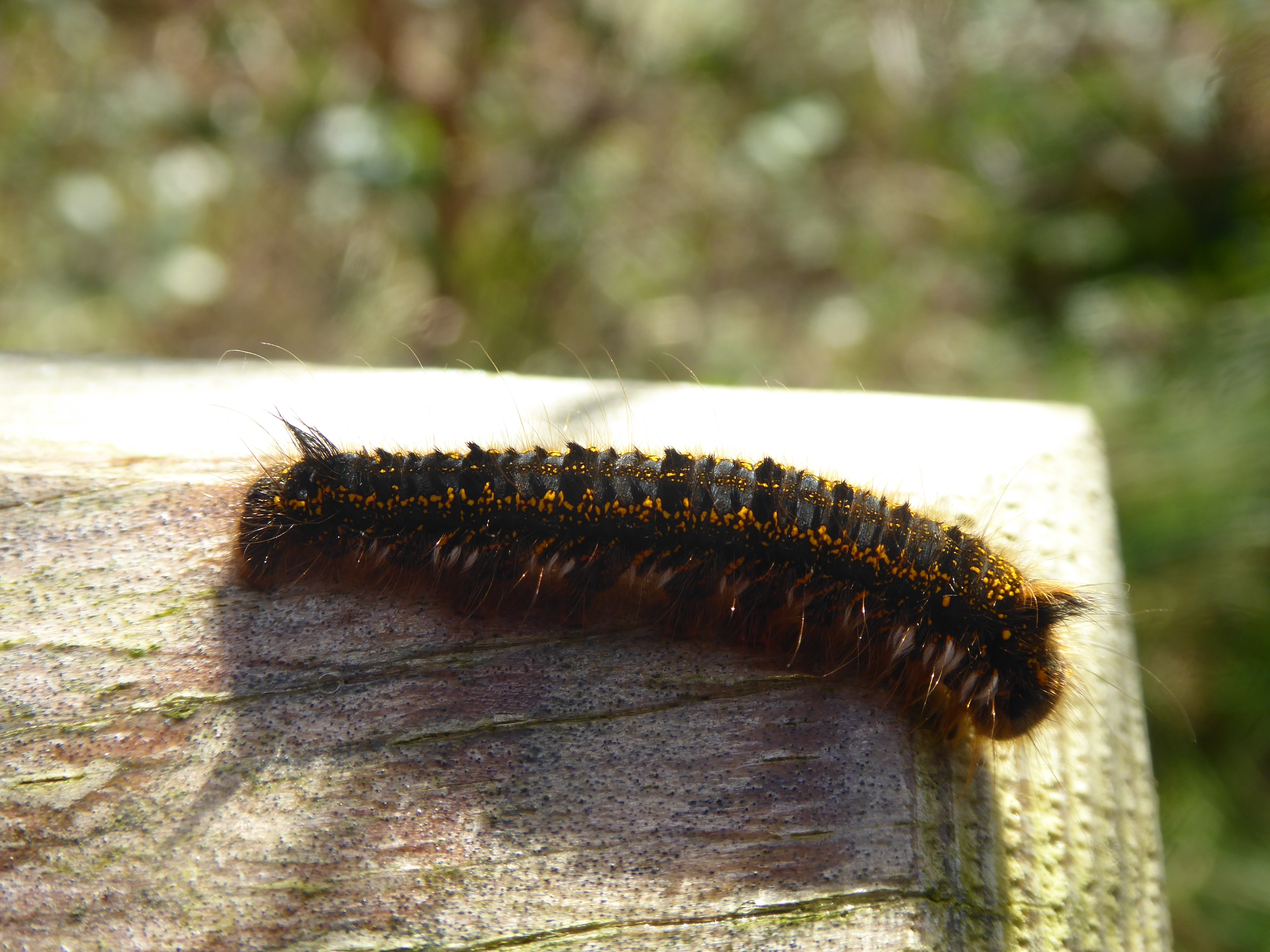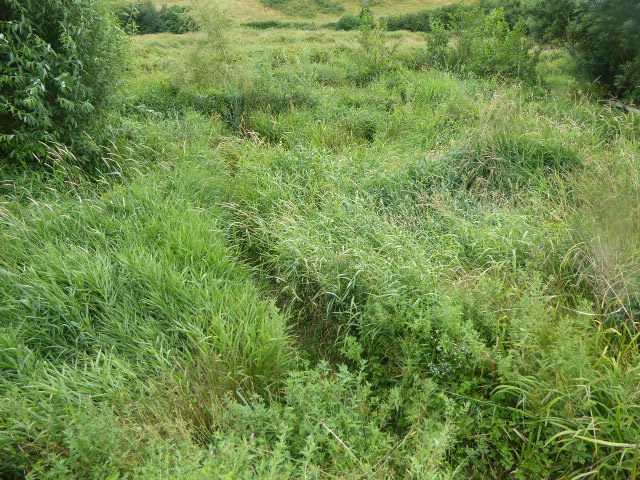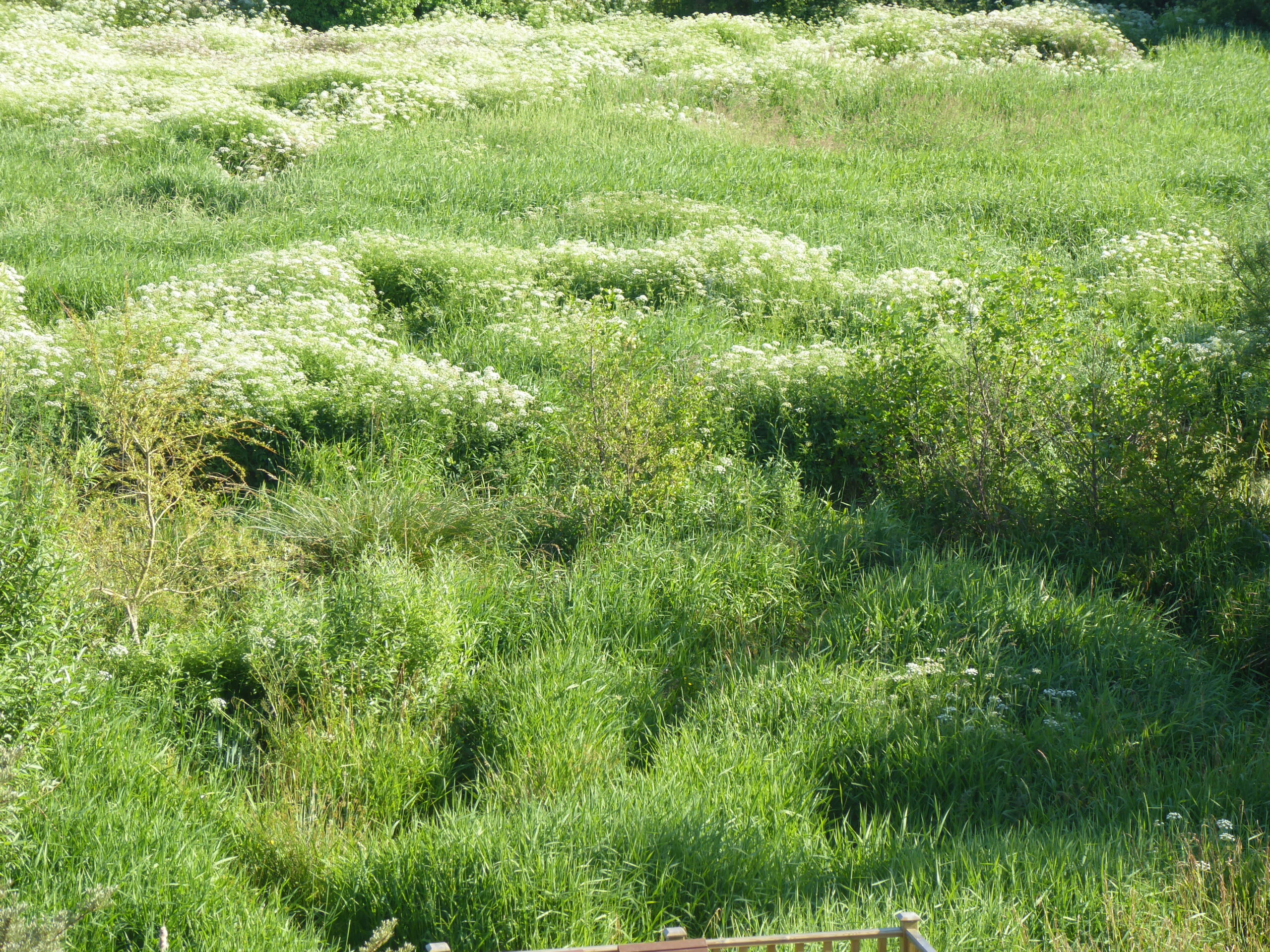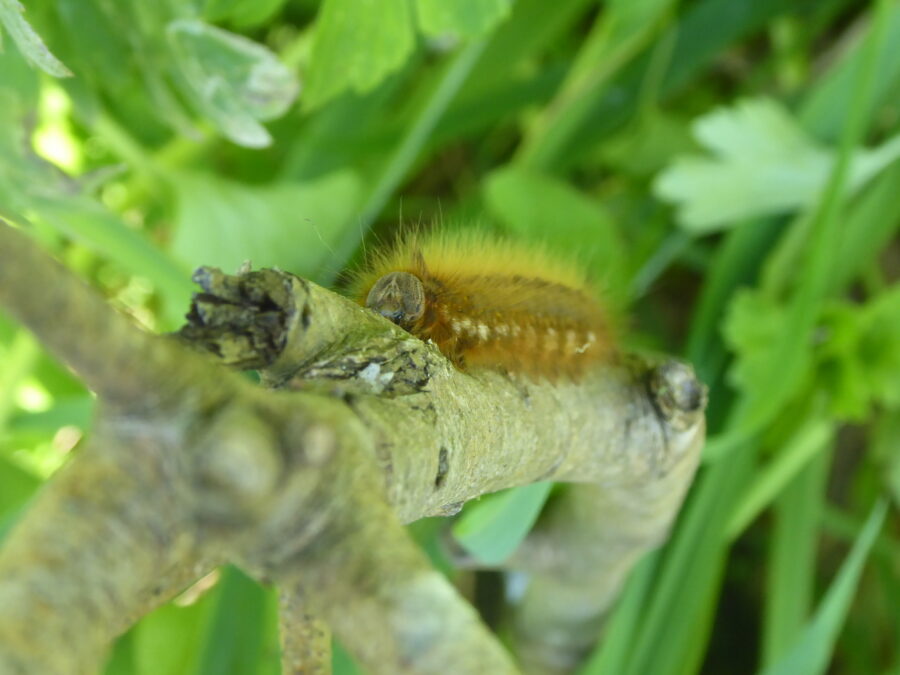At first I assumed that it was another drinker moth caterpillar, but I took a photo anyway. I’m glad I did as it turned out to be the caterpillar of an Oak Eggar moth. Instead of brown hairs, golden speckles, and horn-effect at each end, the oak eggar is dark orange with a pale stripe down its back, black bands, and white dashes down each side.
It can be found in variety of habitats – grassland, heathland, fens, hedgerows, and footpaths. It feeds on sea buckthorn, bramble, sallows, blackthorn, and hawthorn.
